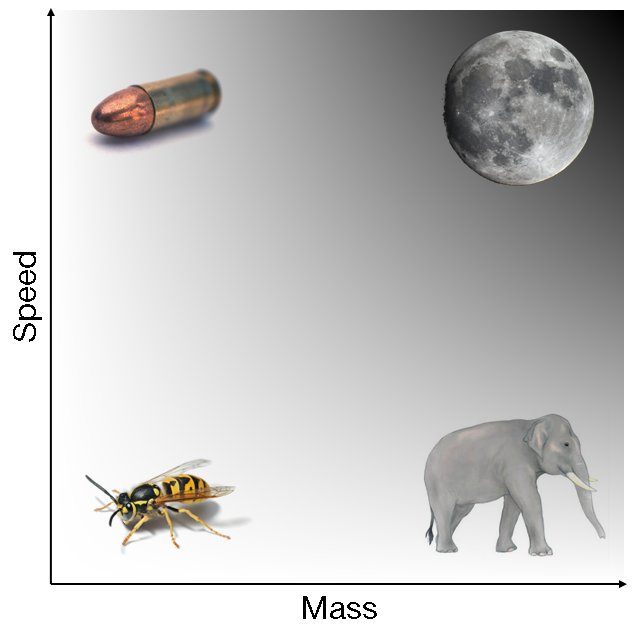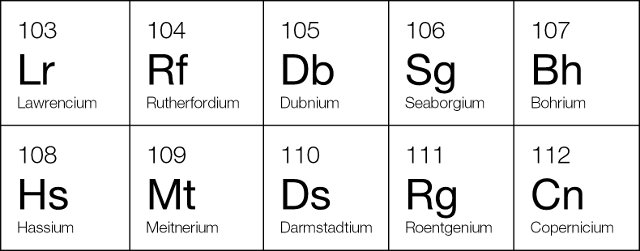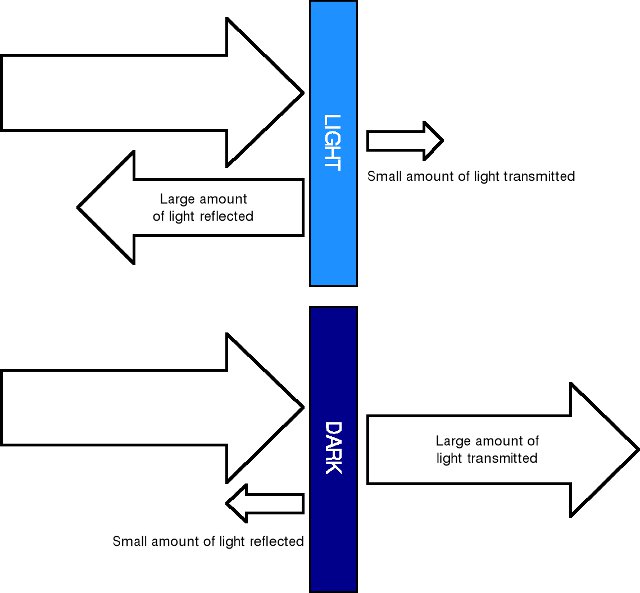As previously mentioned, size matters when it comes to telescopes: the bigger the mirror, the better the telescope (i.e. the greater the resolution and light-gathering capability). The world’s largest single telescope mirrors are the 8.4-metre telescopes used by the Large Binocular Telescope.
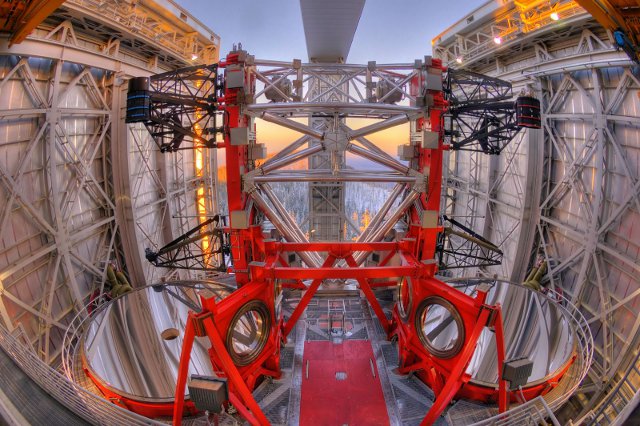
Telescope mirrors must be perfectly polished and accurate in shape and size to within a billionth of a metre. This means that making telescope mirrors is extremely difficult and therefore time consuming and very expensive, costing millions of dollars.
But there is an alternative to polished metal and silvered glass: mercury. Simply filling a pan with liquid mercury will create a perfectly flat* reflective surface; the surface can then be made curved by spinning the pan. No expensive manufacturing is required and this keeps costs low: a liquid mirror costs about 1% of the cost of a similar-sized conventional mirror. (They do have the disadvantage that they can only point upwards, however.)
The University of British Columbia’s six-metre Large Zenith Telescope in Vancouver is the world’s largest liquid mirror telescope.
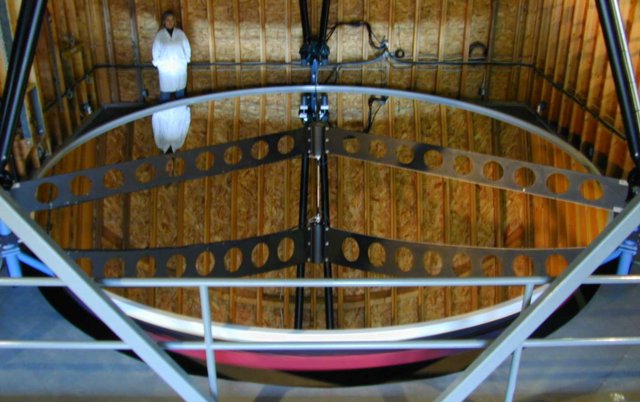
The simplicity of constructing a liquid mirror telescope has even led to suggestions that one should be built on the Moon.
* To give you some idea of how flat a liquid mirror is: if you built a mirror the size of the Earth, the largest bump would be less than a millimetre in height.


